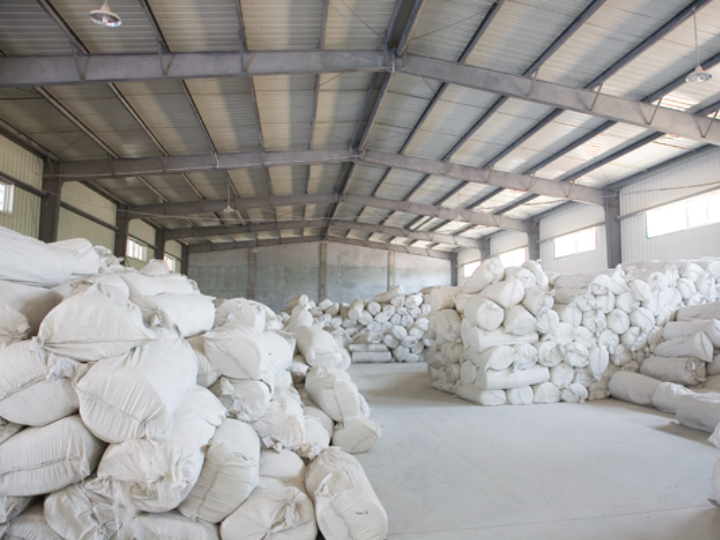The thermal conductivity of a ceramic fire blanket is one of the important indicators for evaluating its thermal insulation performance. The size of thermal conductivity directly affects the thermal insulation effect and service life. The general rule is that the thermal conductivity of aluminum silicate fiber products decreases with the increase of density, and then gradually increases after exceeding a certain range. Ceramic fiber blanket, also called aluminum silicate fiber blanket, is a lightweight, soft, easy-to-process thermal insulation material with good high-temperature resistance, corrosion resistance, and oxidation resistance.

What is the thermal conductivity of ceramic fiber products?
Thermal conductivity is a physical quantity that measures the thermal conductivity of a material. It represents the ratio of the heat flow through a unit area per unit of time to the temperature difference. For a standard ceramic fiber blanket, its thermal conductivity is affected by many factors, such as fiber diameter, density, temperature, va hokazo.
What factors affect the thermal conductivity of the ceramic fire blanket?

Temperature effect
The thermal conductivity of the ceramic fire blanket increases with increasing temperature. As the temperature increases, the thermal motion of gas and solid molecules increases, and the radiation heat transfer between pore walls, the heat conduction of air in the pores, and the heat conduction inside the solid fiber and the fiber contact parts all increase.
Influence of slag ball content
The higher the slag ball content, the higher the volume density of the ceramic fiber product, which reduces the fiber ratio and thus increases the thermal conductivity.

Effect of fiber humidity
The higher the fiber humidity, the higher the water content in the ceramic fiber product, and the higher the thermal conductivity.
Environmental impact
Using atmosphere change, the thermal conductivity of aluminum silicate fiber products depends on the thermal conductivity of the gas filled in it. Generally, the thermal conductivity of gas is relatively high.
Fiber direction
The fiber direction also has a certain influence on the thermal conductivity, and the thermal conductivity of layer laying is lower than that of masonry.
 Rongsheng guruhi
Rongsheng guruhi

WeChat
QR kodini wechat orqali skanerlang